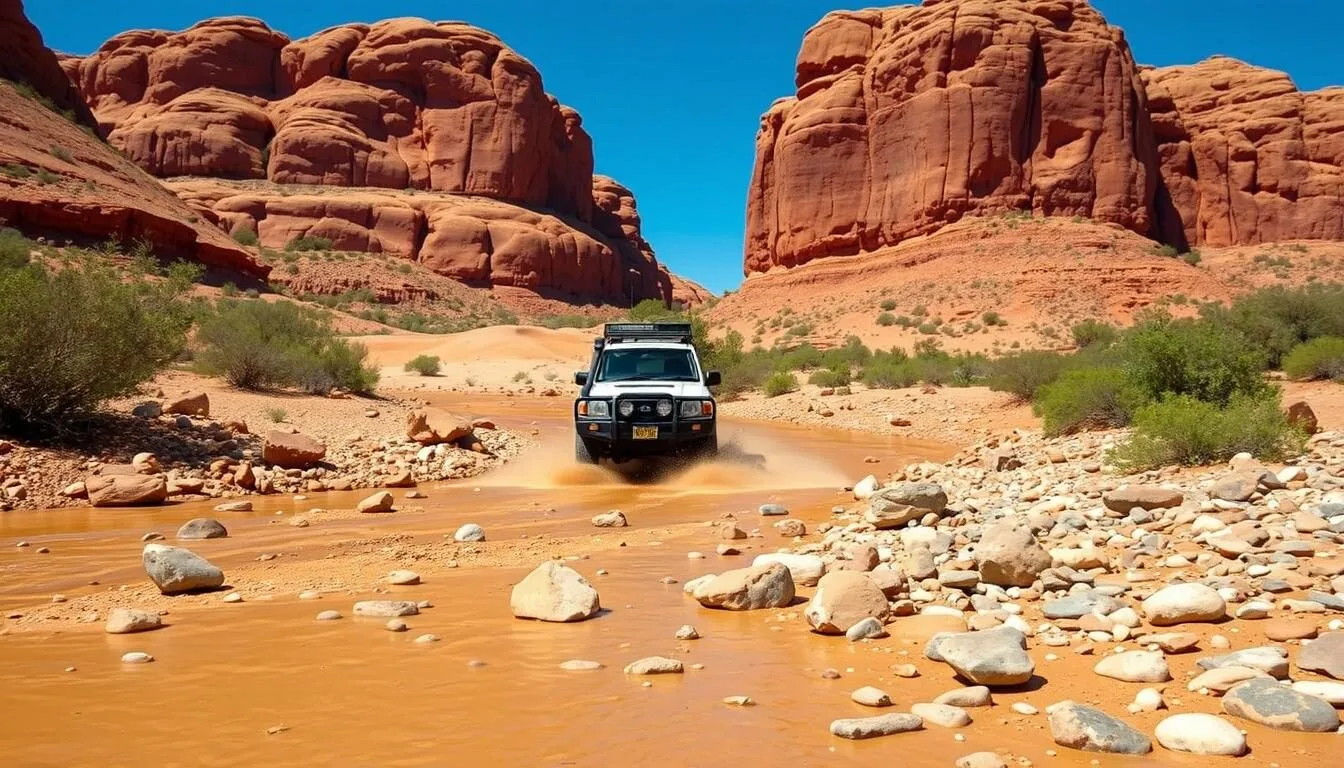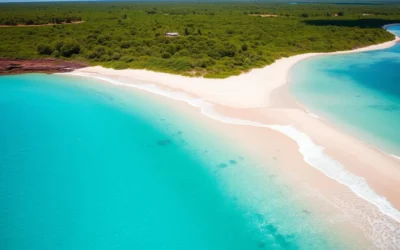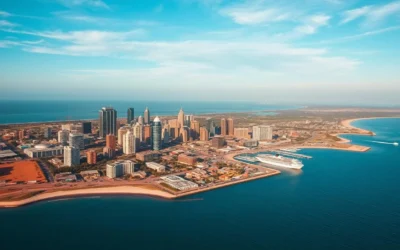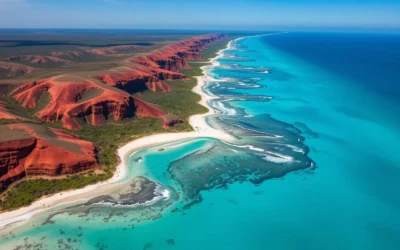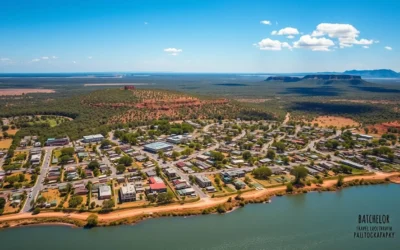Did you know Finke Gorge National Park is home to one of the oldest river systems on Earth? The Finke River has been flowing for over 350 million years, carving spectacular landscapes that now shelter rare plant species found nowhere else in Central Australia. This hidden gem, just 140km west of Alice Springs, offers adventurous travelers a chance to discover ancient palm groves, dramatic red rock formations, and cultural sites that have been significant to Aboriginal people for thousands of years.
Getting to Finke Gorge National Park
Accessing this natural wonder requires some planning. Located approximately 140km west of Alice Springs, the journey to Finke Gorge National Park follows the sealed Larapinta Drive to the historic settlement of Hermannsburg. From there, you’ll need to turn south and follow an unsealed track for about 16km to reach the Palm Valley campground.
The most important thing to understand: a high-clearance 4WD vehicle is absolutely essential for this journey. The final stretch follows the ancient Finke River bed, crossing rocky and sometimes sandy terrain that’s impassable for standard vehicles. After heavy rains, the road may be closed entirely, so always check conditions before departing.
If you don’t have 4WD experience or prefer not to drive yourself, several tour operators in Alice Springs offer guided day trips to Palm Valley. These tours typically include transportation, a knowledgeable guide, and lunch, making them an excellent option for hassle-free exploration.
Best Time to Visit Finke Gorge National Park
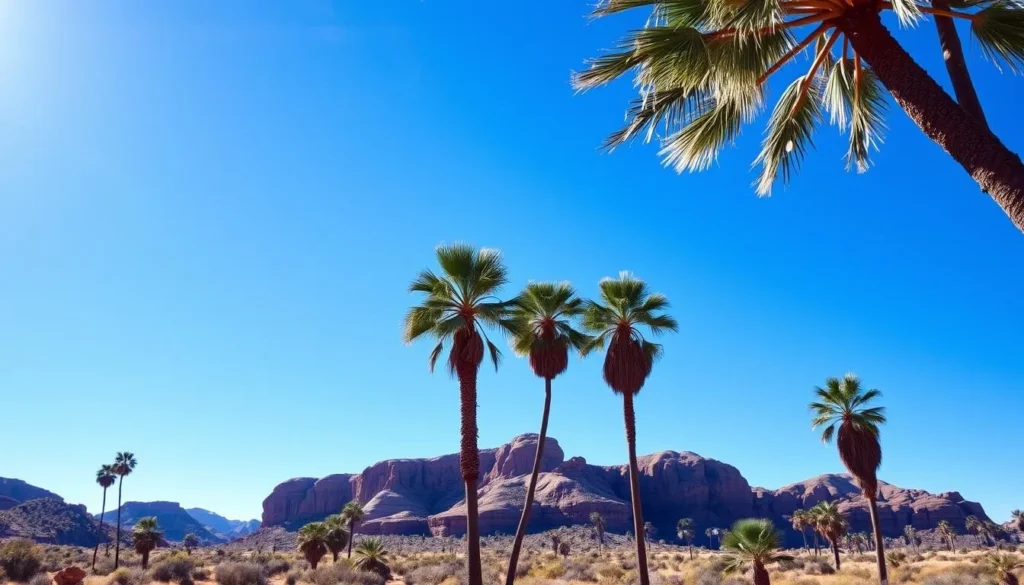
While Finke Gorge National Park is technically open year-round, the best time to visit is during the cooler months from April to September. During this period, daytime temperatures are comfortable for hiking and exploring, typically ranging from 20-28°C (68-82°F).
Summer months (November to February) bring extreme heat, with temperatures regularly exceeding 40°C (104°F). These conditions make hiking dangerous and significantly reduce the enjoyment of outdoor activities. Additionally, summer thunderstorms can cause flash flooding in the Finke River, potentially closing access roads.
May to August offers the most pleasant conditions, with cool nights (sometimes dropping to near freezing) and warm, sunny days perfect for exploring the park’s walking trails. This period also coincides with the dry season, meaning the access road is usually open and river crossings are easier to navigate.
Seasonal Considerations
Dry Season (April-September)
- Ideal weather for hiking and camping
- More reliable road access
- Cooler nights (bring warm clothing)
- Peak visitor season
Wet Season (October-March)
- Extreme heat during daytime
- Potential road closures after rain
- Fewer visitors
- Occasional water in creeks and waterholes
Getting Around Finke Gorge National Park
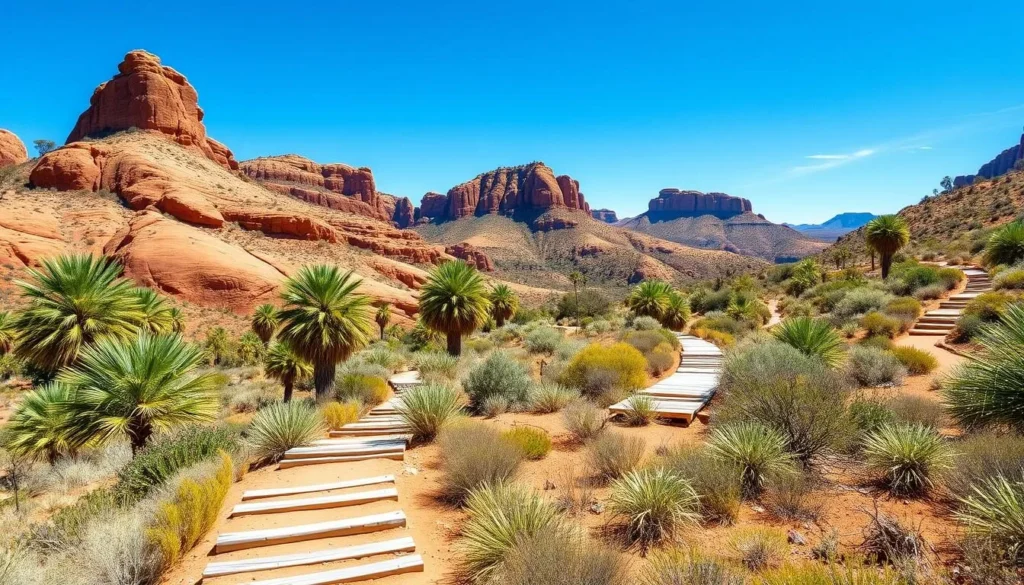
Once you’ve reached the Palm Valley campground, exploring Finke Gorge National Park is primarily done on foot via several well-marked walking trails. However, to access the actual Palm Valley area, you’ll need to drive an additional 4km on an even rougher 4WD track from the campground.
Some visitors choose to leave their vehicles at the campsite and hike the 5km to Palm Valley instead. Others with mountain bikes find this an excellent way to access the valley while avoiding the challenging drive.
The park has several clearly marked walking trails ranging from easy 1.5km walks to more challenging 5km hikes. All trails are well-signed with interpretive information about the area’s unique geology, flora, and cultural significance.
Where to Stay in Finke Gorge National Park
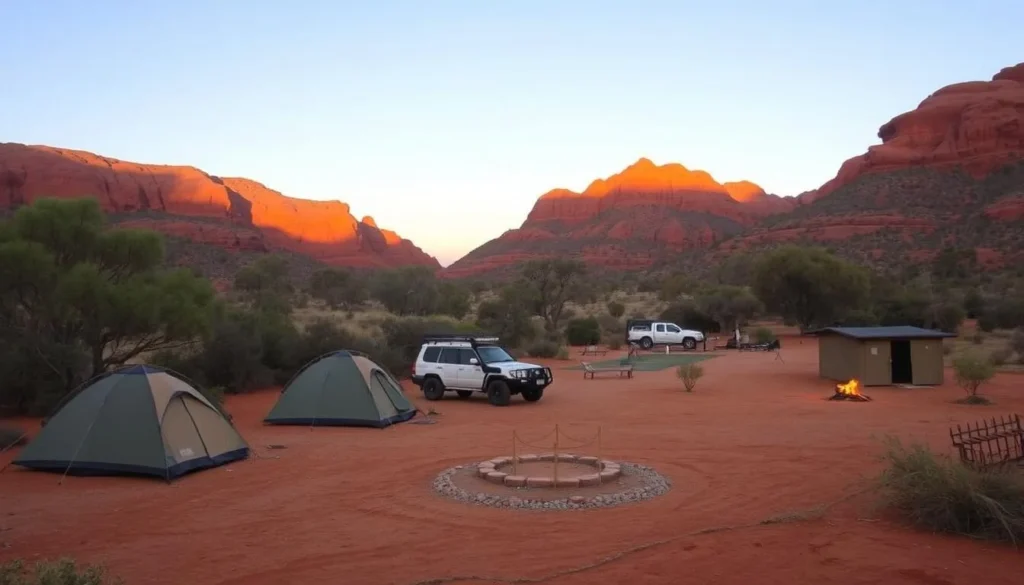
Accommodation options within Finke Gorge National Park are limited to camping, but the Palm Valley Campground offers a surprisingly comfortable base for exploration. The campground features 22 designated sites plus an overflow area, with facilities including toilets, solar-heated showers, drinking water, gas BBQs, and communal fire pits.
Camping fees are reasonable (around $6.60 per adult per night as of 2023) and are paid via an honesty box system at the campground. Since early 2022, all Northern Territory National Park camping requires online booking before arrival, so be sure to secure your spot in advance.
For those preferring more comfortable accommodation, the nearest options are in Hermannsburg (about 20km away) or back in Alice Springs (140km). Many visitors choose to include Finke Gorge as part of a longer Red Centre itinerary, staying just one or two nights at the campground.
Food and Dining Options
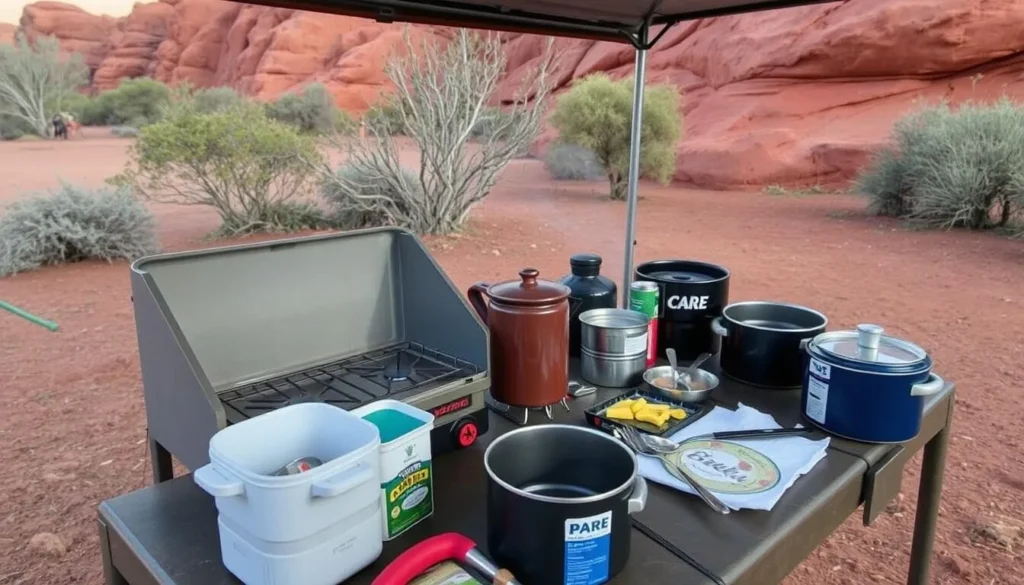
There are no dining facilities within Finke Gorge National Park, so visitors need to be entirely self-sufficient with food and water. The campground provides gas BBQs for cooking, but you’ll need to bring all your supplies from Alice Springs or other towns before entering the park.
When planning your meals, consider the remote location and lack of refrigeration. Shelf-stable foods, canned goods, and items that don’t require refrigeration are ideal. The communal fire pits at the campground are perfect for evening cookouts, but remember that collecting firewood within the park is prohibited – you’ll need to bring your own.
Food Planning Tips
- Pack more water than you think you’ll need (minimum 5L per person per day)
- Bring easy-to-prepare meals that require minimal cooking
- Consider a good quality cooler or portable fridge for perishables
- Pack all rubbish out with you – there are no bins in the park
- The nearest supplies are in Hermannsburg, but selection is limited
Top Things to Do in Finke Gorge National Park
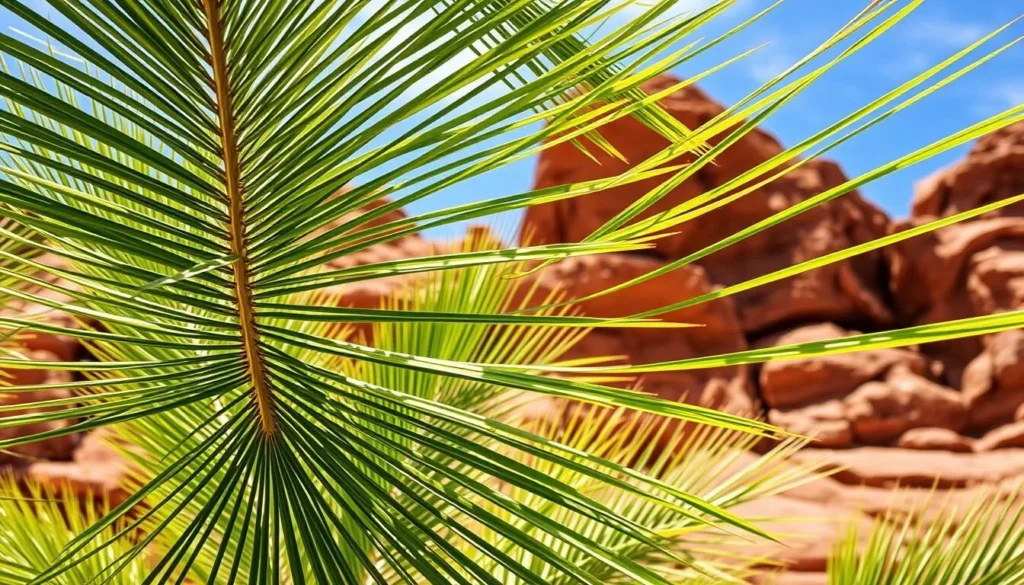
Finke Gorge National Park offers a variety of activities for nature lovers and adventure seekers. Here are the top experiences not to miss:
1. Explore Palm Valley
The crown jewel of Finke Gorge National Park is undoubtedly Palm Valley, home to the rare Red Cabbage Palm (Livistona mariae). These ancient relics are found nowhere else in Central Australia and are believed to be remnants from a time when the region was much wetter. The contrast between these lush palms and the surrounding red rock formations creates a stunning visual experience.
Two walking trails explore Palm Valley:
- Arankaia Walk (2km return) – An easier walk along the valley floor and up to a ridge with spectacular views
- Mpulungkinya Walk (5km return) – A more challenging circuit that takes you deeper into the palm groves and along the plateau
2. Hike the Mpaara Walk
This 5km loop trail offers some of the most spectacular scenery in the park. Starting from the Kalarranga carpark, the trail follows the river before climbing up a valley and over a saddle. The highlight is the view of the “amphitheater,” a stunning formation of red rock cliffs. Along the way, interpretive signs share the Aboriginal Dreamtime story of Mpaara, the Tawny Frogmouth Man.
3. Enjoy Sunset at Kalarranga Lookout
The 1.5km Kalarranga Lookout walk rewards hikers with panoramic views across the park’s dramatic landscape. This is particularly spectacular at sunset, when the red rocks glow with golden light. Many visitors combine this with the Mpaara Walk for a more comprehensive hiking experience.
4. 4WD Adventures
The drive to Palm Valley is an adventure in itself, following the ancient Finke River bed through changing landscapes. Experienced 4WD enthusiasts can also explore the more challenging Boggy Hole route, which continues down the Finke River to Illamurta Springs and connects to Ernest Giles Road. This route should only be attempted by well-prepared drivers with significant off-road experience.
5. Wildlife Spotting
The park is home to a variety of native wildlife, including Red Kangaroos, Euros (Common Wallaroos), Black-footed Rock Wallabies, and Dingoes. While these larger mammals can be elusive, dawn and dusk offer the best chances for sightings. Birdwatchers will be rewarded with sightings of Major Mitchell Cockatoos, Budgerigars, Zebra Finches, and many other species.
6. Visit Cycad Gorge
On the way to Palm Valley from the campground, you’ll pass through Cycad Gorge, home to ancient West MacDonnell cycads that are over 300 years old. These prehistoric plants provide a glimpse into the region’s ancient past and are worth a stop to appreciate their longevity.
Cultural Significance
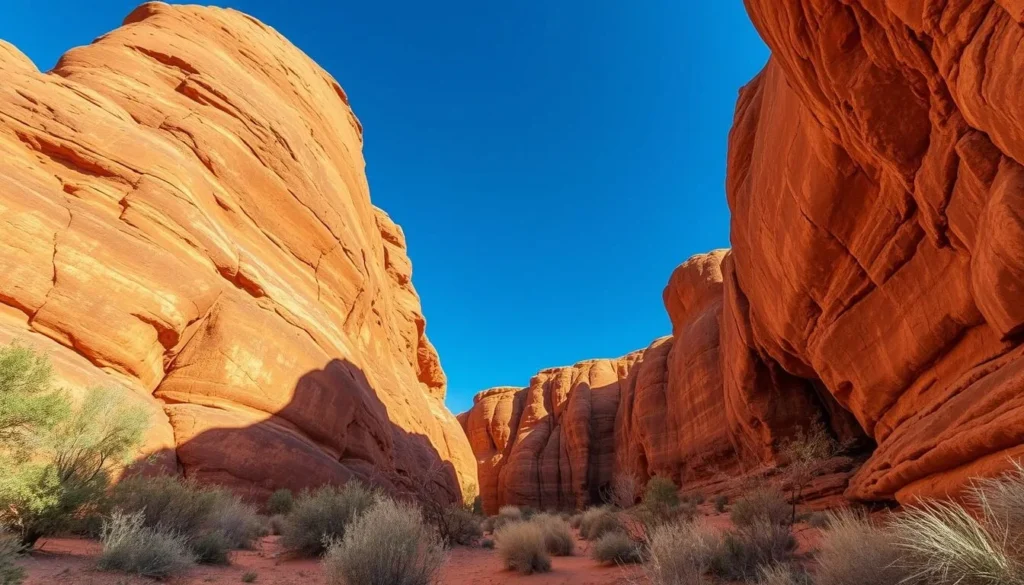
Finke Gorge National Park holds deep cultural significance for the Western Arrernte Aboriginal people, who have lived in and cared for this land for thousands of years. The park contains numerous sacred sites and features prominently in Aboriginal Dreamtime stories.
The Mpaara Walk includes interpretive signage explaining the Dreamtime story of Mpaara (the Tawny Frogmouth Man) and Pangkalanga (the Devil Man). These stories connect the physical landscape to Aboriginal spiritual beliefs and cultural practices.
When visiting, it’s essential to respect the cultural significance of the area by staying on marked trails, not disturbing or removing anything from the park, and following any guidance regarding culturally sensitive areas.
Hermannsburg Historic Precinct
Just 20km from the park entrance, the historic settlement of Hermannsburg (Ntaria) offers insight into more recent cultural history. Established as a Lutheran mission in 1877, this was the birthplace of renowned Aboriginal artist Albert Namatjira. Today, the restored historic precinct provides a fascinating glimpse into the interaction between European missionaries and the local Arrernte people.
Essential Tips for Visiting Finke Gorge National Park
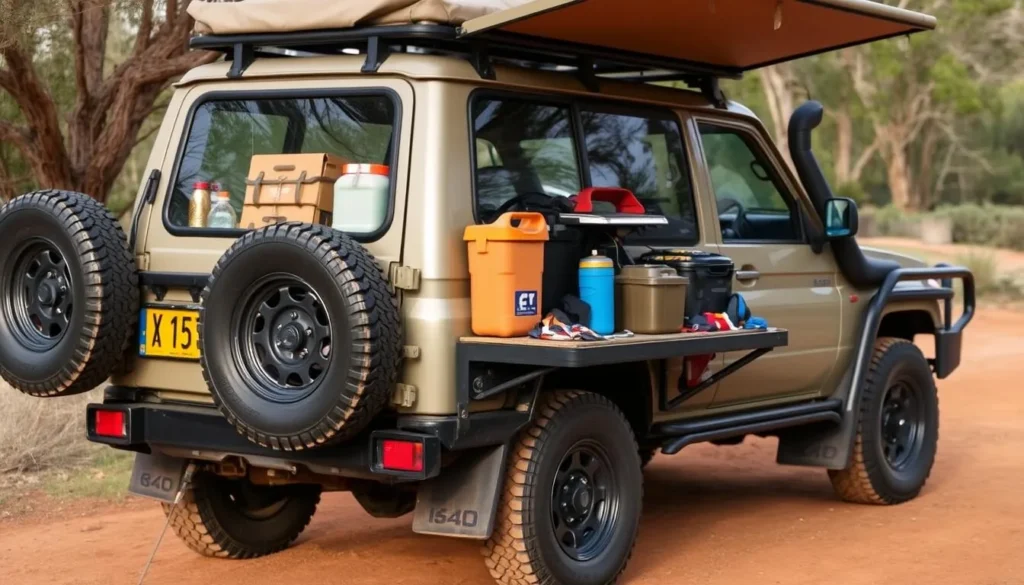
Safety and Preparation
- Vehicle requirements: High-clearance 4WD is essential – this is not optional
- Water: Bring at least 5L per person per day (more in summer)
- Communications: No mobile reception in the park – consider a satellite phone or personal locator beacon
- First aid: Carry a comprehensive first aid kit
- Road conditions: Check road status before departing Alice Springs
- Inform others: Let someone know your plans and expected return date
Park Regulations
- Valid NT Parks Pass required (purchasable online)
- No pets allowed in the national park
- Take all rubbish out with you
- Stay on designated tracks and trails
- No collection of firewood within the park
- Respect Aboriginal cultural sites
What to Pack
Essentials
- Plenty of drinking water
- Food supplies for your entire stay
- First aid kit
- Sun protection (hat, sunscreen, sunglasses)
- Insect repellent
- Toilet paper
Recommended
- Warm clothing for cool nights
- Sturdy walking shoes
- Camera
- Binoculars for wildlife spotting
- Firewood (if planning campfires)
- Portable phone charger/power bank
Experience the Ancient Beauty of Finke Gorge National Park
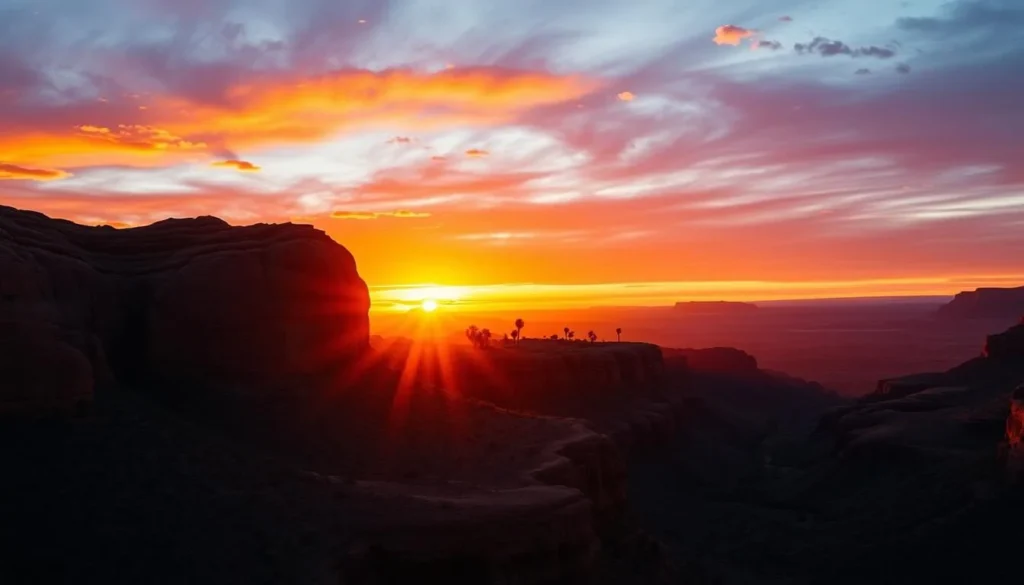
Finke Gorge National Park offers a truly unique outback experience that rewards those willing to venture off the beaten path. From the ancient palm groves of Palm Valley to the dramatic red rock formations of the Kalarranga amphitheater, this hidden gem showcases some of the Northern Territory’s most spectacular landscapes.
While the remote location and 4WD-only access present challenges, they also help preserve the park’s pristine beauty and ensure it remains less crowded than other Red Centre attractions. For travelers seeking authentic wilderness experiences and connections to both natural and cultural heritage, Finke Gorge National Park delivers unforgettable memories.
Whether you’re an experienced outback traveler or planning your first Red Centre adventure, the ancient landscapes and unique ecosystems of Finke Gorge National Park offer a profound connection to one of Australia’s most special places. Pack your sense of adventure and prepare to be amazed by this remarkable destination.
The above is subject to change.
Check back often to TRAVEL.COM for the latest travel tips and deals.
